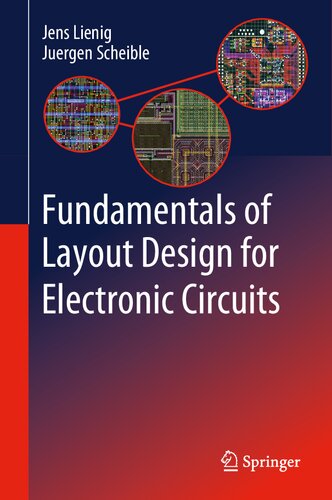

Most ebook files are in PDF format, so you can easily read them using various software such as Foxit Reader or directly on the Google Chrome browser.
Some ebook files are released by publishers in other formats such as .awz, .mobi, .epub, .fb2, etc. You may need to install specific software to read these formats on mobile/PC, such as Calibre.
Please read the tutorial at this link: https://ebookbell.com/faq
We offer FREE conversion to the popular formats you request; however, this may take some time. Therefore, right after payment, please email us, and we will try to provide the service as quickly as possible.
For some exceptional file formats or broken links (if any), please refrain from opening any disputes. Instead, email us first, and we will try to assist within a maximum of 6 hours.
EbookBell Team

4.1
60 reviewsThis book covers the fundamental knowledge of layout design from the ground up, addressing both physical design, as generally applied to digital circuits, and analog layout. Such knowledge provides the critical awareness and insights a layout designer must possess to convert a structural description produced during circuit design into the physical layout used for IC/PCB fabrication. The book introduces the technological know-how to transform silicon into functional devices, to understand the technology for which a layout is targeted (Chap. 2). Using this core technology knowledge as the foundation, subsequent chapters delve deeper into specific constraints and aspects of physical design, such as interfaces, design rules and libraries (Chap. 3), design flows and models (Chap. 4), design steps (Chap. 5), analog design specifics (Chap. 6), and finally reliability measures (Chap. 7). Besides serving as a textbook for engineering students, this book is a foundational reference for today's circuit designers.